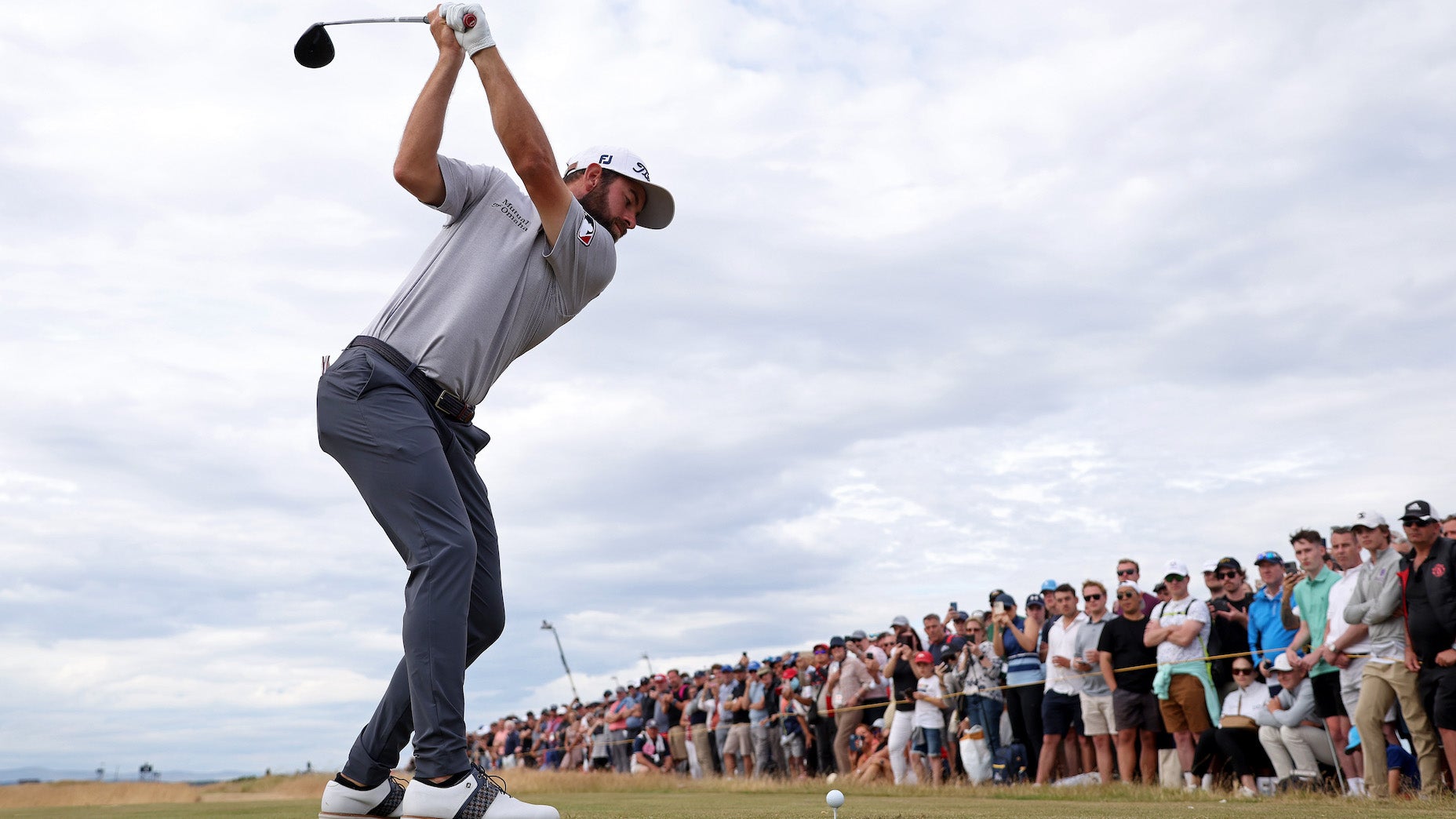Most golf swings happen in the blink of an aye. Cameron Young’s takes slightly longer than that.
It’s a unique part of his otherwise textbook move. Young takes the club back with his clubhead is in-line with his hands, a straightened trail leg for more hip rotation, and his arms stretched far from his body for a powerful turn.
But then, as most players begin movement down in one fluid motion, Young comes to a complete stop. He holds his position for a little more than a half-second, then starts his downswing.
“I started doing it because it was something that always felt natural,” he told me earlier this year. “Now I don’t even notice it.”
Indeed, Young’s now-signature backswing pause didn’t always used to be there.
His father and coach, David Young, who doubles as the head professional at Sleepy Hollow Country Club, operated with a light touch as he was learning the game. Getting the “basics” good was the priority, he says. Outside of that, he wanted young Cameron to swing hard and not think too much.
It was only as Cameron got older that they started working more intently on technique, and specifically, on Cam’s transition from backswing to downswing.
Amateur golfers tend to throw the club “over the top” to start their downswing and hit slices; good junior golfers, often lacking upper body strength, do the opposite. They drop the club too far inside, get “stuck” and try to use their hands to hit high draws.
Cameron was struggling with the latter, and pushing up the junior ranks, he was looking to get the club somewhere in the middle.
“He worked pretty hard on trying to eliminate any re-routing, or any sideways movement of the club, in transition,” David Young says of Cameron. “He really wants the club to go back and forth on a pretty straight plane.”
That’s where the pause came from, David says. It was Cameron’s way of making sure the club started down in the direction he wanted.
Dr. Sasho Mackenzie, a biomechanist who has consulted with multiple tour players, has studied the effects of a prolonged pause during the swing and says there’s some real merit to the idea. The trade-off is that sometimes it can cost golfers power.
“A dynamic transition gives the potential for a higher average force to be applied to the club over the course of the downswing,” he says.
But with Young fourth on tour in both clubhead speed and ball speed (123 and 185 mph, respectively), and eighth on tour in driving distance (316 yards), a lack of power is a non-issue for Young, hence the pause.
“A prolonged pause could increase the probability that the golfer starts the downswing as intended. For example, the club can be consistently ‘placed’ in the intended position,” Mackenzie says.
It has certainly helped his golf swing. Whether it’ll help him place his hands on the Claret Jug on Sunday remains to be seen.
